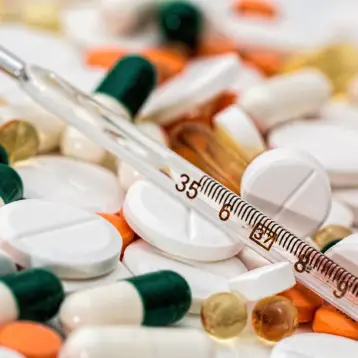Researchers from the University of San Diego in California have used a newly discovered function of an existing drug, to reinstate cell communications in a mouse model of autism, reversing the symptoms of the disorder and giving hope for millions of children worldwide.
Autism is a disorder that results from an abnormal cell communication in the brain. The U.S. Center for Disease Control estimates that about 1 in every 88 children has been identified with an autism spectrum disorder (ASD) which are complex disorders defined by abnormalities in the development of language, social and repetitive behaviors. ASD is typically more common in boys (about 500% more than in girls). ASD has both genetic and other risk factors (it was discovered that parents who have a child with who was diagnosed with ASD have between 2%–18% chance of having a another with ASD. The disorder also has a great financial burden on the parents (and health system as a whole) with between 40-60 thousand dollars spent on average on behavioral interventions on each child with ADS per year.
–
–
With so many children effected and so much at stake it’s not surprising that any advancement in DS research draws a great deal of attention. Recently, researchers at the University of California, San Diego School of Medicine tested a new theory by using a newly discovered function of an old drug named Suramin to restore cell communications in a mouse model of autism.-
–
–
According to Professor Robert Naviaux who lead the research “Our (cell danger) theory suggests that autism happens because cells get stuck in a defensive metabolic mode and fail to talk to each other normally, which can interfere with brain development and function. We used a class of drugs that has been around for almost a century to treat other diseases to block the ‘danger’ signal in a mouse model, allowing cells to return to normal metabolism and restore cell communication”.
–
–
Promising as it might sound, even Professor Naviaux admits that “correcting abnormalities in a mouse is a long way from a cure for humans”, however the tests were promising enough the start a small scale clinical trial of children with autism spectrum disorder in the coming year. The trail is still ongoing and is in early stages however Professor Naviaux and his team believes that this type of treatment called antipurinergic therapy offers a completely new path of treatment and might eventually lead to a development of a new class of drugs to treat autism.
–
–
Professor Naviaux explains that “when cells are exposed to classical forms of dangers, such as a virus, infection or toxic environmental substance, a defense mechanism is activated. This results in changes to metabolism and gene expression, and reduces the communication between neighboring cells. Simply put, when cells stop talking to each other, children stop talking”.
–
–
In the current research Professor Naviaux and his team tested suramin, a known inhibitor of purinergic signaling used since the early 20’th century to treat African sleeping sickness. The team found that suramin was able to corrected autism-like symptoms in mice, even if the treatment was started well after the onset of symptoms. Among the effects of the suramin the scientists registered normalizing brain synapse structure, cell-to-cell signaling, social behavior, motor coordination as well as mitochondrial metabolism.
–
–
At this point it is still unclear if and when large scale experiments with suramin will take place in human children but based on the results from the ongoing small scale experiment, scientists will decide how to proceed next.
–
–











